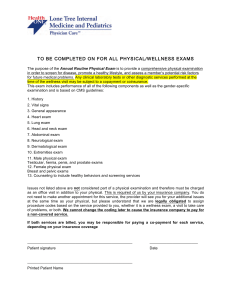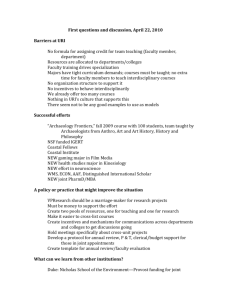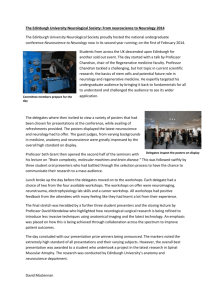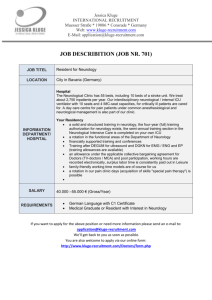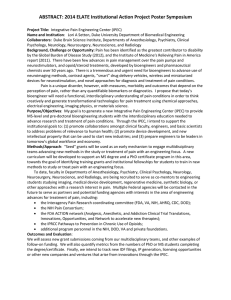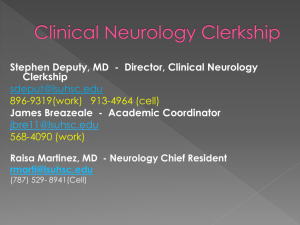Medizinische Fakultät Heidelberg: 4. 2. 1. Neuroscience Module
advertisement
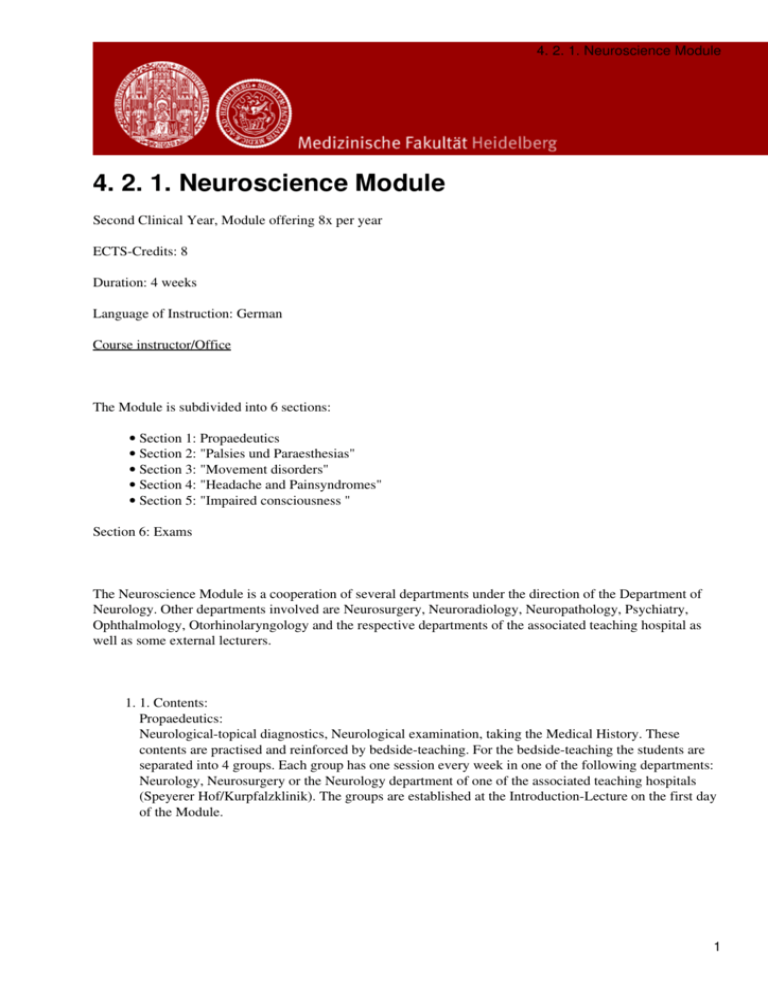
4. 2. 1. Neuroscience Module 4. 2. 1. Neuroscience Module Second Clinical Year, Module offering 8x per year ECTS-Credits: 8 Duration: 4 weeks Language of Instruction: German Course instructor/Office The Module is subdivided into 6 sections: • Section 1: Propaedeutics • Section 2: "Palsies und Paraesthesias" • Section 3: "Movement disorders" • Section 4: "Headache and Painsyndromes" • Section 5: "Impaired consciousness " Section 6: Exams The Neuroscience Module is a cooperation of several departments under the direction of the Department of Neurology. Other departments involved are Neurosurgery, Neuroradiology, Neuropathology, Psychiatry, Ophthalmology, Otorhinolaryngology and the respective departments of the associated teaching hospital as well as some external lecturers. 1. 1. Contents: Propaedeutics: Neurological-topical diagnostics, Neurological examination, taking the Medical History. These contents are practised and reinforced by bedside-teaching. For the bedside-teaching the students are separated into 4 groups. Each group has one session every week in one of the following departments: Neurology, Neurosurgery or the Neurology department of one of the associated teaching hospitals (Speyerer Hof/Kurpfalzklinik). The groups are established at the Introduction-Lecture on the first day of the Module. 1 4. 2. 1. Neuroscience Module Symptoms and Syndroms: According to the new German Medical Licensure Act the medical training is supposed to be problem based. In Heidelberg a catalogue of learning objectives was established. The contents are arranged according to the main symptoms and syndromes. The training comprises systematic teaching and problem-based tutorials. The topics "Vertigo", "Disorders of eye movements" and "Dementia" are covered in interdisciplinary seminars. The students get to know the basics of Duplex Sonographie. 2. Objectives of learning and examaminations: a. Basics of neuroanatomy, the symptom and sign orientated neurological examination. b. To take an adequate medical history. c. To establish the most likely diagnosis and differential diagnosis based on the results of the Medical History and the neurological examination. d. To identify the diagnostic and therapeutic options 3. Exams: The new German Medical Licensure Act postulates practice orientated exams. Therefore the exams consist of an OSCE (objective structured clinical examination) and a MCQ (multiple choice questionnaire). The OSCE comprises 5 stations. The MCQ consists of 40 questions (duration 90 minutes). Evaluation: For certification regular attendance of the courses is required. Furthermore students have to fill in and hand in evaluation forms every week. 2
